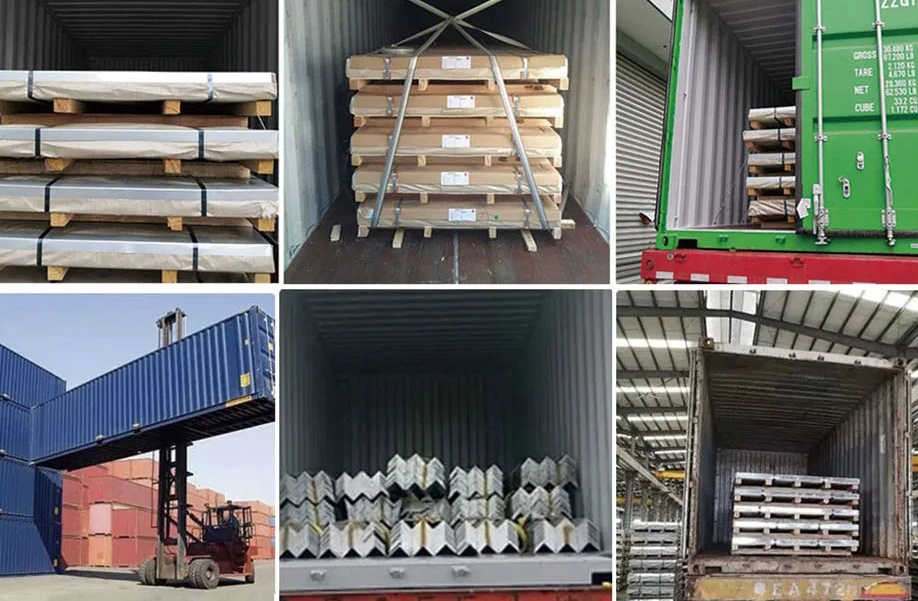In the stainless steel industry, SS304 and SUS304 are often mentioned, but many practitioners are confused about the difference between the two.
This article provides an in-depth analysis from the dimensions of standard system, chemical composition, performance and application scenarios to help you make accurate selections.
SS304 stainless steel usually refers to grades that comply with ASTM A240/A276 (American standard) or EN 1.4301 (European standard), and the corrosion resistance must be verified through intergranular corrosion tests (such as the EPR method).
SUS304 stainless steel follows the JIS G4303 standard and is more common in Japan and the Asian supply chain, without the need for additional international certification.
SS304 VS SUS304 Stainless Steel Standard
| Attribute | SS304 | SUS304 |
|---|---|---|
| Standard Source | ASTM (American Society for Testing and Materials) | JIS (Japanese Industrial Standards) |
| Common Standard Numbers | ASTM A240 (Plates), ASTM A276 (Bars) | JIS G4303 (Stainless Steel Bars), JIS G4304 (Plates) |
| Certification Focus | Intergranular corrosion test (Method E of A262) | Basic mechanical properties and surface quality |
SS304 VS SUS304 Stainless Steel Chemical Composition
| lement | SS304 (ASTM A240) | SUS304 (JIS G4303) |
|---|---|---|
| Carbon (C) | ≤0.07% | ≤0.08% |
| Silicon (Si) | ≤1.00% | ≤1.00% |
| Manganese (Mn) | ≤2.00% | ≤2.00% |
| Phosphorus (P) | ≤0.045% | ≤0.045% |
SS304L: Carbon content ≤0.03%, no annealing required after welding, suitable for food machinery.
SUS304L: Corresponding to JIS G4303, the performance is basically the same as SS304L.
SS304 VS SUS304 Stainless Steel Mechanical properties
| Performance Index | SS304 (ASTM A240/A276) | SUS304 (JIS G4303) |
|---|---|---|
| Yield Strength | ≥205 MPa | ≥205 MPa |
| Tensile Strength | ≥515 MPa | ≥520 MPa |
| Elongation (50mm) | ≥40% | ≥40% |
| Hardness (HRB) | ≤92 | ≤92 |
| Elastic Modulus | 193 GPa | 193 GPa |
SS304 VS SUS304 Stainless Steel Corrosion Resistance
SS304: Passed ASTM A262 intergranular corrosion test, suitable for contact with acidic solutions (such as dairy processing equipment).
SUS304: Relies on JIS basic corrosion resistance test, requires additional surface treatment (such as passivation) to improve rust resistance.
SS304 VS SUS304 Stainless Steel Processing Performance
Cold Forming: SUS304 has a low cold working hardening rate and is suitable for complex stamping (such as stainless steel pots).
Weldability: SS304 does not require forced annealing after welding, suitable for large structural parts (such as bridge railings).
Which is harder, SS304 or SUS304?
The hardness values are both ≤92 HRB, and there is no significant difference in practical applications.
Which material is more suitable for cold bending?
SUS304 has a lower cold working hardening rate and is suitable for multiple bending (such as stainless steel bellows).
Will the mechanical properties decrease after welding?
The strength of the welding heat affected zone (HAZ) may decrease by 10-15%, and SS304 guarantees long-term stability through intergranular corrosion tests.
If you need to purchase cost-effective SS304 or SUS304 stainless steel, contact us now for a free quote! We support customized striping, film lamination, laser cutting, and provide 100% material certification and technical guidance.

